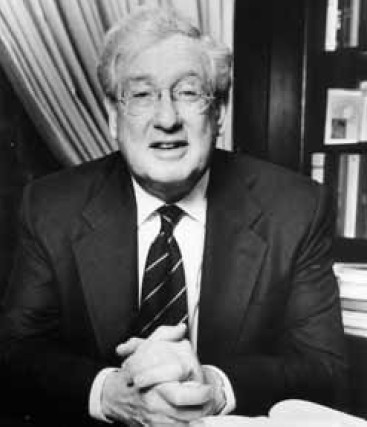New Exhibition Looks at Historic Problem
How Jews Became Citizens: Highlights from the Side Lapidus Collection Casts a Light on the Long Road to Civil Rights for European Jews
New York, NY (November 09, 2022)
While the 2022 midterm elections may be over, the challenges that religious and ethnic minorities face in protecting their fundamental rights here in the United States will continue to remain up for debate long after the polls have closed.
Sadly, the fight for civil rights isn’t a new problem, or just an American one. A new exhibition at the Center for Jewish History tells the complex story of the Jewish people’s difficult path toward citizenship in Europe.
How Jews Became Citizens: Highlights from the Sid Lapidus Collection showcases rare books and historical documents, taking a geographical approach to discussions around European Jewish emancipation—the process through which Jews obtained rights—from the 17th to 19th centuries.
“The 21st century presents a perfect moment to reconsider these discussions on the challenges religious and ethnic minorities have faced in securing and protecting their civil rights. Even today, in every corner of the globe, these include rights of settlement, political agency and civil service, economic opportunity, and education. All are up for discussion in the printed pages of the Lapidus collection, and they remain anxiety-inducing conversations within minority communities today,” said exhibit curator Ivy Weingram.
Debate over expanding rights to Jews took place at the highest levels of government in England, France, Italy, and in the German States during this time. The Lapidus collection traces those conversations about immigration, (re)admission, economic opportunity, and citizenship through the key thinkers like Moses Mendelssohn and Theodor Herzl whose writings shaped both law and public opinion on the civil rights of Jews.
Sid Lapidus, who serves on the Board of the Directors at the Center and is the former Chair of the American Antiquarian Society, donated more than 130 rare books and pamphlets to the Center in recent years that form the core of the exhibit. “The exhibition will draw back the curtains on the tangled negotiations around the economic, political, and social rights of Jews in Western and Central European regions,” said Rachel Miller, the Center’s Chief of Archive and Library Services. “Every publication on display helped in some way to move the needle of the legal climate and public perception around Jewish communities and the persecution they faced – and points to how the Jewish citizen came to be amidst that European crucible. Lapidus has been passionate about documenting the many steps in the gradual evolution of rights.”
The exhibition is supported by an academic advisory committee led by David Sorkin, Lucy G. Moses Professor of Modern Jewish History at Yale University. He authored the book, Jewish Emancipation: A History Across Five Centuries (2019).
“At a time when established civil rights are being challenged as never before, there is no better time for visitors to experience firsthand Sid Lapidus’s remarkable collection of rare books and pamphlets relating to the Jewish people’s long and arduous path towards civil emancipation,” said Gavriel Rosenfeld, President of the Center for Jewish History. “Seeing how Jews fought for and achieved equal rights in England, France, Germany, and Italy will provide inspiration to all groups fighting on behalf of civil rights today. The Center is proud to be involved in this timely exhibition and hopes it will remind people that civil rights can be revoked as easily as they can be granted.”
In conjunction with this exhibit, the Center for Jewish History will host a series of lectures featuring leading historians and Jewish studies scholars on Jewish emancipation, religious liberty, and the relevance of these topics today.
The exhibit has been made possible by the generous support of Sid Lapidus, a grant from the National Endowment for the Humanities: Democracy demands wisdom, and public funds from the New York City Department of Cultural Affairs in partnership with the City Council.
About Sid Lapidus
Sid Lapidus serves on the Center for Jewish History Board of Directors. He is the Chair of the American Jewish Historical Society. Lapidus retired after 40 years as a partner of Warburg Pincus LLC, one of the country’s leading private equity firms. He is still Lead Director of Lennar, the country's largest home builder. He serves on the board of numerous charitable and non-profit organizations. In 2014, he and his wife established the Lapidus Center for Historical Analysis of Trans-Atlantic Slavery at the New York Public Library’s Schomburg Center for Research in Black Culture.
Any views, findings, conclusions, or recommendations expressed in this exhibit and press release do not necessarily represent those of the National Endowment for the Humanities.




